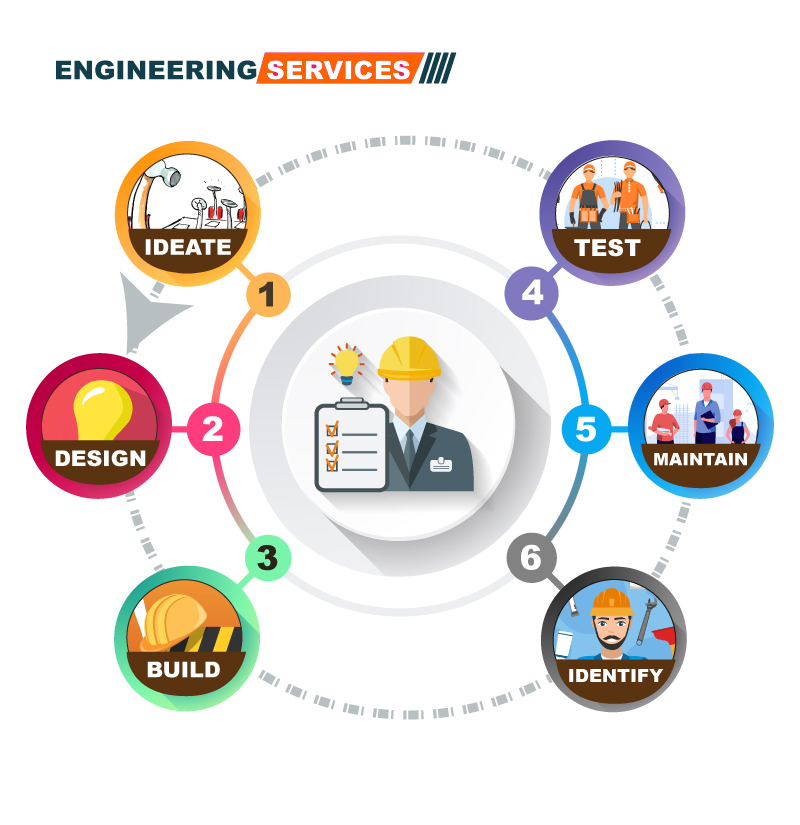Drive Your Project Ahead with Expert Engineering Support: Laying Out Engineer Services, Measured Building Surveying, and Beyond
Drive Your Project Ahead with Expert Engineering Support: Laying Out Engineer Services, Measured Building Surveying, and Beyond
Blog Article
Optimizing Land Usage Planning With Comprehensive Evaluating Solutions
In the world of land use preparation, the combination of comprehensive evaluating services stands as a crucial instrument in cultivating notified decision-making and sustainable development methods. By using advanced modern technologies customized for exact data collection and evaluation, professionals in the area can navigate intricacies in website identification, resource allowance, and environmental considerations with improved precision and efficiency (setting out engineer services). Nevertheless, the optimization of land use planning through evaluating remedies is not without its challenges, motivating the expedition of innovative strategies to improve procedures and essence beneficial insights for critical growth efforts. As we dive much deeper into the elaborate internet of elements influencing land application, the significance of detailed surveying services becomes a foundation in shaping the landscapes of tomorrow.
Relevance of Comprehensive Checking Solutions

Comprehensive checking services allow coordinators to analyze the suitability of land for numerous objectives, identify prospective risks or constraints, and style sustainable growth techniques - construction surveys. By including exact survey information into land use plans, authorities can guarantee efficient use of sources, minimize ecological effect, and advertise long-term financial growth
In addition, extensive checking options assist in stakeholder involvement and collaboration by picturing proposed land use adjustments and allowing for responses before implementation. This positive approach boosts transparency, promotes community trust, and eventually brings about much more effective land usage planning end results. Basically, the significance of thorough surveying remedies can not be overemphasized in the realm of effective land usage preparation.
Advanced Technologies for Land Usage Preparation
Making use of advanced innovations enhances the accuracy and effectiveness of land usage planning processes. Advanced innovations such as Geographic Information Solution (GIS), LiDAR (Light Discovery and Ranging), and remote picking up play an important duty in modern land use preparation. Topographical Surveying. GIS enables organizers to analyze spatial data, recognize patterns, and make notified decisions regarding land advancement. LiDAR technology gives extremely precise altitude information, helping in terrain modeling and flood threat analysis. Remote sensing, with drones and satellites, uses thorough images for keeping track of land adjustments and assessing environmental effects.
Additionally, Structure Info Modeling (BIM) allows planners to develop 3D versions of structures and facilities, facilitating far better visualization and planning of land use tasks. Expert System (AI) algorithms can assess vast quantities of data to anticipate future land usage patterns and optimize preparation approaches. In addition, progressed surveying tools like drones furnished with high-resolution video cameras and LiDAR sensors can quickly check huge areas with accuracy, lowering time and prices related to conventional surveying methods. Incorporating these innovative technologies into land usage preparation procedures can result in even more efficient and sustainable urban development.
Overcoming Difficulties in Website Recognition

Furthermore, contrasting passions among stakeholders, such as developers, conservationists, and regional neighborhoods, can make complex the site identification process. To browse this obstacle, coordinators must facilitate open interaction, partnership, and settlement to dig this reach agreement on the most effective land use methods that line up with the demands of all celebrations included.
Additionally, my sources governing difficulties, zoning constraints, and land make use of plans can also hinder the website identification process. Organizers require to stay updated on appropriate guidelines, engage with local authorities, and carry out extensive study to recognize sites that meet all legal demands and conformity criteria. By proactively attending to these obstacles, land usage organizers can simplify the website identification process and pave the method for efficient land usage planning campaigns.
Taking Full Advantage Of Performance Via Evaluating Strategies
Navigating the complexities of site recognition procedures successfully lays a structure for maximizing efficiency via calculated evaluating strategies in land use preparation. By employing advanced evaluating devices such as drones, GIS innovation, and 3D laser scanning, land use planners can simplify the information collection process, resulting in more precise website evaluations and structured decision-making. These techniques enable coordinators to collect specific topographic info, determine environmental restraints, and analyze land viability with better rate and precision than traditional techniques.
Furthermore, incorporating checking techniques with Geographic Details Equipment (GIS) enables the effective evaluation and visualization of spatial data, helping in the identification of optimum land use situations. By leveraging these tools, coordinators can enhance land use preparing processes, decrease task timelines, and reduce general prices. In addition, making use of real-time surveying data enables stakeholders to make enlightened decisions immediately, assisting in effective interaction and partnership throughout the planning and development phases. Overall, the tactical use of surveying methods boosts effectiveness, accuracy, and cooperation in land use planning initiatives.
Decision-Making Insights for Advancement
For efficient development, gaining important insights for decision-making is necessary in the realm of land usage planning. Decision-making insights play a vital function fit the future of country and urban locations, making sure sustainable growth and efficient source allocation. Comprehensive surveying options supply organizers and programmers with the needed data to make informed choices that straighten with the long-term objectives of a community.
By leveraging advanced evaluating techniques such as airborne studies, GIS mapping, and 3D modeling, stakeholders can picture the prospective influence of development tasks and evaluate numerous situations prior to execution. These understandings allow decision-makers to optimize land use, minimize environmental dangers, and improve general job usefulness.
Furthermore, data-driven decision-making supported by surveying services helps simplify the preparation procedure, reduce uncertainties, and rise stakeholder confidence. By including precise survey information into the decision-making process, developers can identify possibilities, minimize challenges, and eventually develop lasting land usage prepares that advantage both future and present generations. In final thought, decision-making understandings stemmed from comprehensive surveying services are important for driving impactful and effective growth efforts.
Final Thought
In conclusion, optimizing land usage preparation with comprehensive evaluating remedies is vital for efficient and reliable development. It is vital for successful land use preparation and growth projects.
In the world of land use planning, the combination of thorough surveying solutions stands as a pivotal tool in promoting educated decision-making and sustainable development practices. In significance, the value of thorough surveying services can not be overstated in the world of efficient land usage preparation.
By proactively attending to these obstacles, land usage organizers can improve the site recognition process and lead the way for reliable land usage planning efforts.
In general, the tactical use of checking strategies improves efficiency, accuracy, and partnership in original site land usage preparation efforts.
In verdict, enhancing land use preparation with thorough surveying options is essential for effective and effective growth.
Report this page